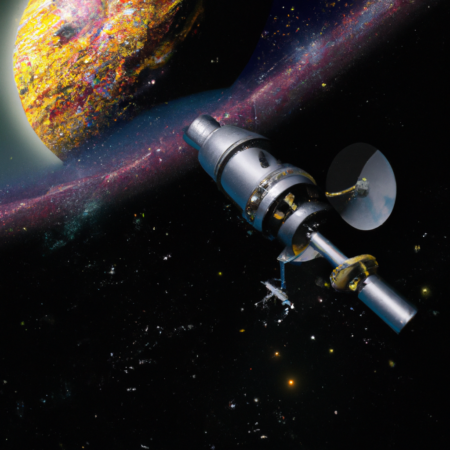Unlocking the Mysteries of Dark Matter in 2025: Insights from Latest Research
As we progress further into the year 2025, the enigma surrounding dark matter continues to fascinate scientists and astronomers alike. Despite being one of the most abundant forms of matter in the universe, dark matter remains invisible, detected only through its gravitational effects on visible matter and radiation.
The Latest Advances in Dark Matter Research
Recent advancements in astrophysics have brought us closer than ever to understanding the true nature of dark matter. Innovative detection methods and international collaborations have paved the way for groundbreaking discoveries. One notable project, the Xenon1T experiment, has refined the sensitivity required to detect dark matter particles, providing new insights into their properties.
Implications for Cosmology and Particle Physics
The implications of these discoveries are profound, affecting both cosmology and particle physics. Understanding dark matter not only helps in piecing together the cosmic web of the universe but also in explaining the anomalies in the Standard Model of particle physics.
Future Directions and Challenges
Looking ahead, the challenge remains to directly detect dark matter particles. Upcoming experiments, such as the LUX-ZEPLIN (LZ) project, are expected to advance our understanding significantly by 2026. Moreover, interdisciplinary approaches involving quantum computing and machine learning are being leveraged to analyze vast amounts of data collected from these experiments.
Conclusion
The quest for understanding dark matter is more vibrant than ever, with 2025 marking a significant year in theoretical predictions and experimental setups. As we stand on the brink of potentially transformative discoveries, the scientific community remains hopeful that the mysteries of dark matter will soon be unraveled.






